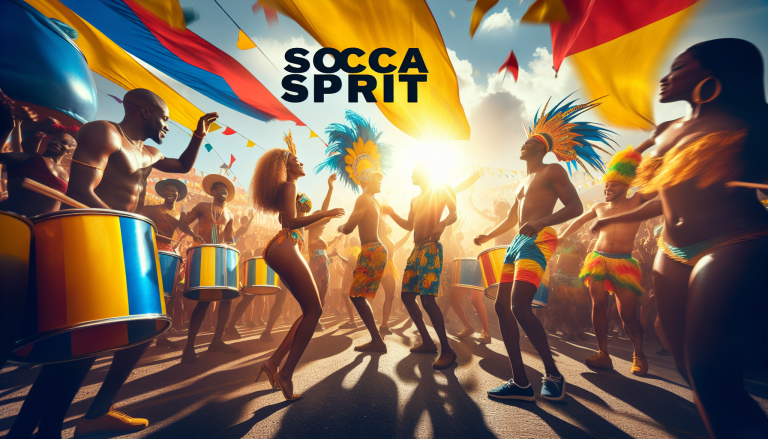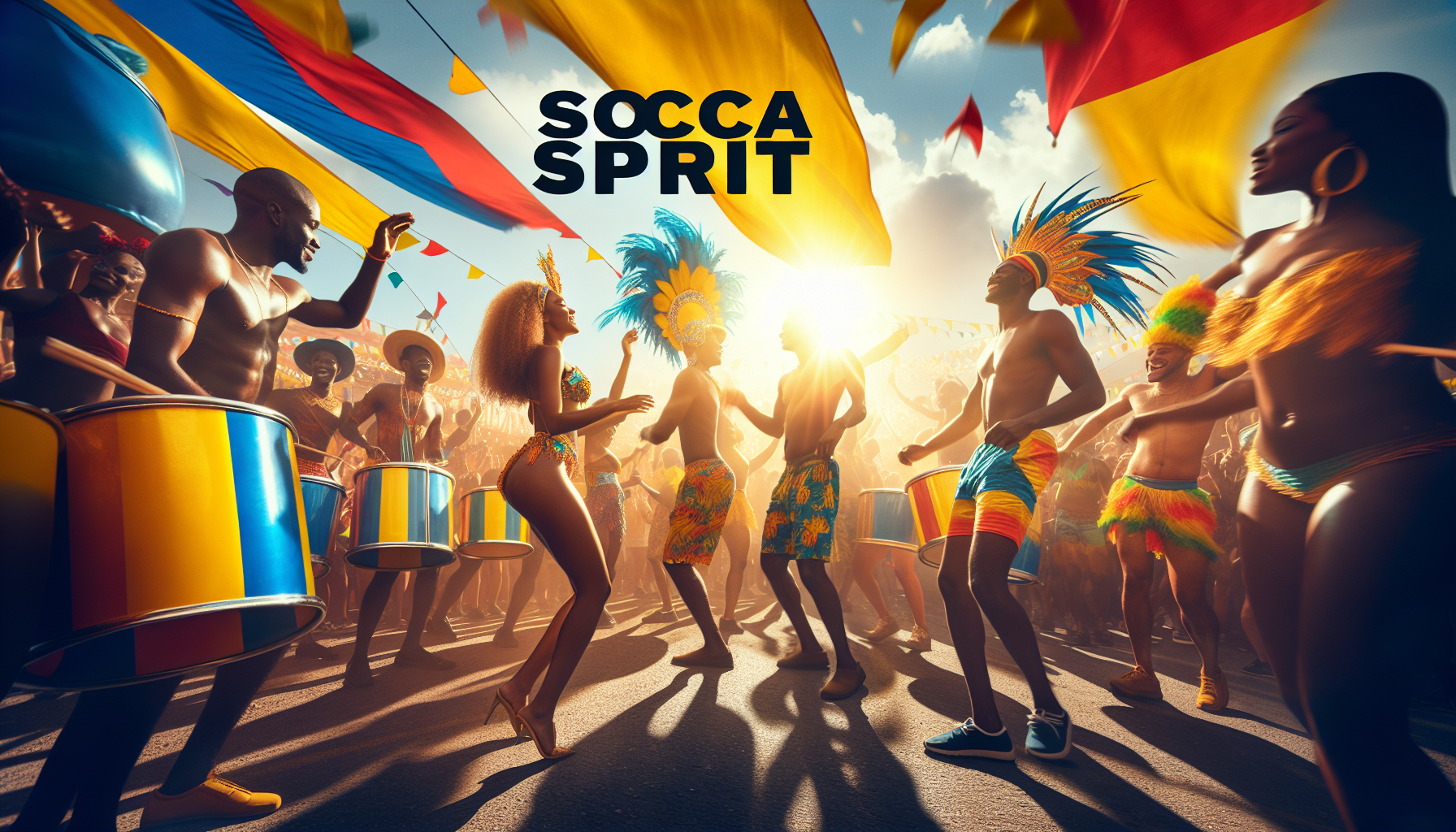Soca: The Heartbeat of Caribbean Carnival Culture
When the rhythmic pulse of soca music fills the air, it’s more than just a sound – it’s a celebration of life, freedom, and Caribbean spirit. Originating in Trinidad and Tobago during the early 1970s, soca represents a vibrant evolution of calypso music that has transformed the landscape of Caribbean musical expression.
The term “soca” was coined by legendary musician Lord Shorty (Garfield Blackman), who sought to create a musical style that blended traditional calypso with Indian rhythms, reflecting the multicultural essence of Trinidad and Tobago. Lord Shorty believed that by incorporating elements of East Indian musical traditions, he could create a more inclusive sound that represented the diverse Caribbean experience.
Historical Roots and Cultural Significance
Soca emerged during a critical period of cultural renaissance in the Caribbean. As countries were gaining independence and exploring their national identities, music became a powerful medium of expression. The genre represented more than just entertainment – it was a form of social commentary, cultural preservation, and collective joy.
The music’s infectious rhythm and upbeat tempo quickly became synonymous with Caribbean carnival celebrations. Unlike its predecessor calypso, which often featured more serious social and political themes, soca emphasized pure celebration and movement. Its high-energy beats and call-and-response patterns invite listeners to dance, jump, and lose themselves in the music.
“Soca is not just music, it’s a lifestyle,” says veteran soca artist Machel Montano. “It’s about bringing people together, breaking down barriers, and celebrating our shared Caribbean identity.”

Musical Characteristics
Soca is characterized by its rapid tempo, typically ranging between 120-140 beats per minute. The music incorporates traditional Caribbean percussion instruments like steel drums, congas, and electronic synthesizers. Its distinctive sound combines African rhythmic patterns with contemporary instrumentation, creating a dynamic and energetic musical experience.
The lyrics are often in English and various Caribbean dialects, focusing on themes of joy, freedom, unity, and carnival spirit. Unlike many other musical genres, soca prioritizes creating an immersive, participatory experience where audience engagement is crucial.
Prominent Soca Artists
1. Machel Montano
Known as the “King of Soca,” Machel Montano has been instrumental in globalizing the genre. Since starting his career as a child prodigy, he has consistently pushed soca’s boundaries, collaborating with international artists and bringing Caribbean music to global audiences.
2. Destra Garcia
Often called the “Queen of Bacchanal,” Destra Garcia is renowned for her powerful vocals and electrifying stage presence. Her music embodies the joyful, uninhibited spirit of soca, making her a beloved figure in Caribbean music.
3. Kevin Lyttle
With his international hit “Turn Me On,” Kevin Lyttle introduced soca to mainstream global audiences. His smooth vocals and catchy rhythms helped broaden the genre’s appeal beyond traditional Caribbean markets.
Global Impact and Performance Spaces
While soca originated in Trinidad and Tobago, it has become a global phenomenon. Major carnival celebrations in cities like Brooklyn, London, and Toronto now feature extensive soca performances. Music festivals worldwide increasingly incorporate soca artists, demonstrating the genre’s universal appeal.
Traditionally, soca is experienced during carnival seasons, street parties, and cultural festivals. However, modern technology has expanded its reach through digital platforms, allowing fans worldwide to connect with the music.
Cultural Preservation and Evolution
Soca continues to evolve, incorporating elements of hip-hop, electronic dance music, and other global genres. This adaptability ensures its relevance while maintaining its core Caribbean identity. Young artists are constantly experimenting, ensuring the genre remains dynamic and exciting.
The music represents more than entertainment – it’s a form of cultural diplomacy, showcasing the creativity, resilience, and joy of Caribbean communities. Through soca, complex histories of migration, cultural fusion, and resistance are celebrated and remembered.
Conclusion
Soca is a testament to the Caribbean’s rich musical heritage – a genre that transforms historical struggles into jubilant celebration. It invites everyone, regardless of background, to experience the pure, liberating power of rhythm and movement.
As the music continues to spread globally, one thing remains certain: when soca plays, the world cannot help but dance.




